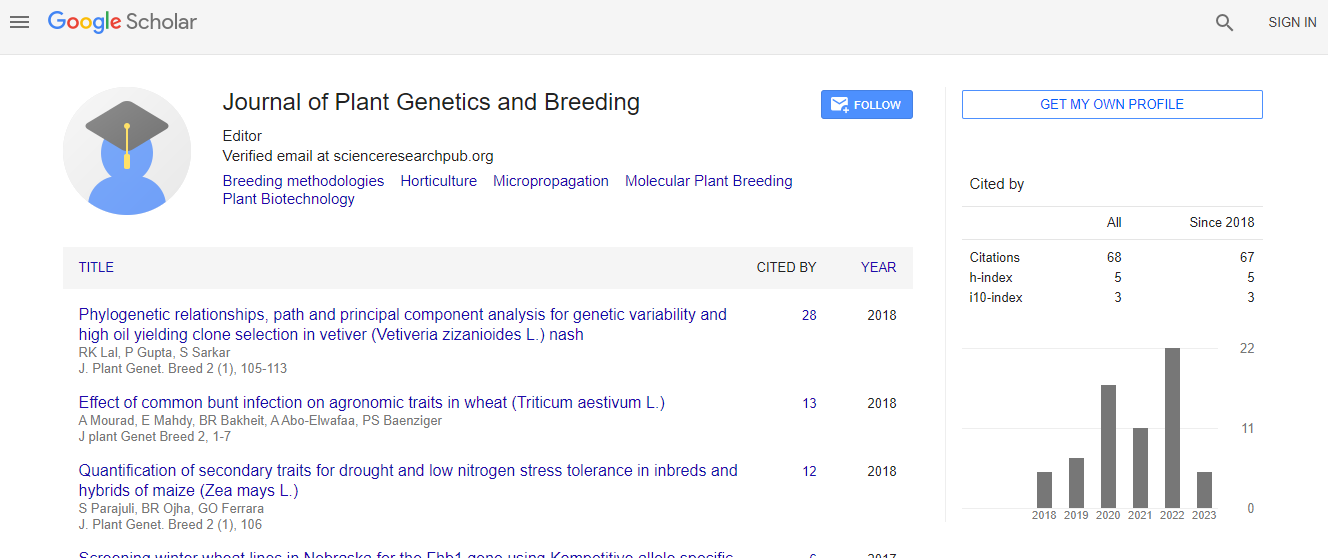Construction of a novel Human Gamma Interferon vector by fusion of a secretory signal peptide and gene silencing inhibitor
*Corresponding Author:
Copyright: © 2020 . This is an open-access article distributed under the terms of the Creative Commons Attribution License, which permits unrestricted use, distribution, and reproduction in any medium, provided the original author and source are credited.
Abstract
To date, plant-based expression systems are emerging as a great bioreactor and serious challenge as compared with other expression systems for production of recombinant proteins. The human Gamma Interferon has a great role in numerous biological function of different cells such as down regulating generation of IL-4, IL-10, anti-bacteria, anti-virus and anti-organisms of inside the cell. Interestingly, IFN-γ has been reported in many medical applications such as treatment of patients with congenital deficiency, infectious agents such as Leishmania, Salmonella and treatment of Cancer, Hepatit and HIV diseases. In this study, at the first step we cloned the human Gamma Interferon gene in three cloning vectors of pTG19-T, pVUT and pZLP in the Escherichia coli DH5α, and then it was inserted in the binary vectors of pBI121 and pCAMBIA1304, and consequently the final constructs pBI-IFNγ and pCAMBIA-IFNγ were prepared. Both of the constructs had the signal peptide of ˝ZERA˝, isolated from gamma zeins of zea mays. Notably, besides Zera signal peptide, the construct pCAMBIA-IFNγ supplemented also with an inhibitor gene silencing signal so-called ˝2b˝, isolated from cucamber mosaic virus as well as modified sequences of 5UTR and 3’UTR enhancing translation.

 Spanish
Spanish  Chinese
Chinese  Russian
Russian  German
German  French
French  Japanese
Japanese  Portuguese
Portuguese  Hindi
Hindi 